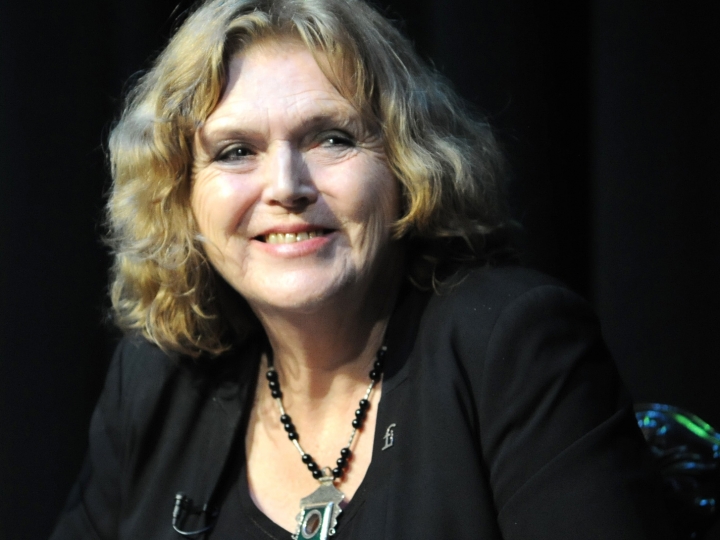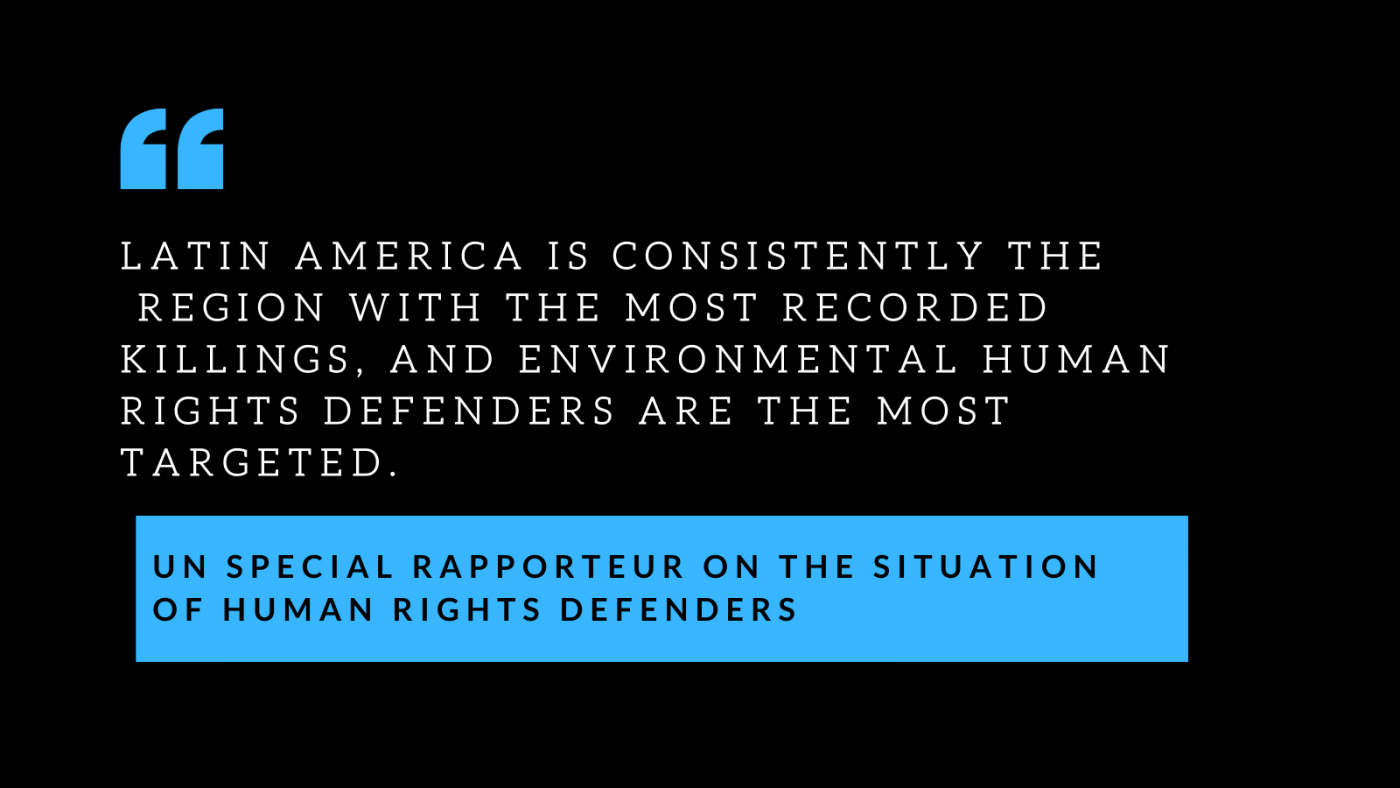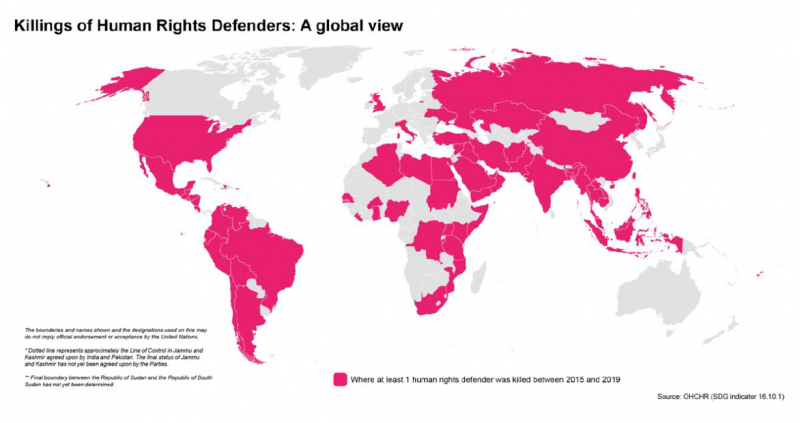“The killing of human rights defenders should be a red line which states and other non-state actors should not cross” Mary Lawlor, UN Special Rapporteur on the situation of human rights defenders
The report, named “Final warning: death threats and killings of human rights defenders”, focuses on the prevalence of killings of defenders in many parts of the world and the death threats that often precede the killings. Between 1st
of January 2019 and 30th of June 2020, the Special Rapporteur sent communication to ten member states on the killing of 100 human rights defenders, among them 17 women human rights defenders. The Office of the United Nations High Commissioner for Human Rights (OHCHR) has observed that human rights defenders have been killed in at least 64 countries between 2015 and 2019.



